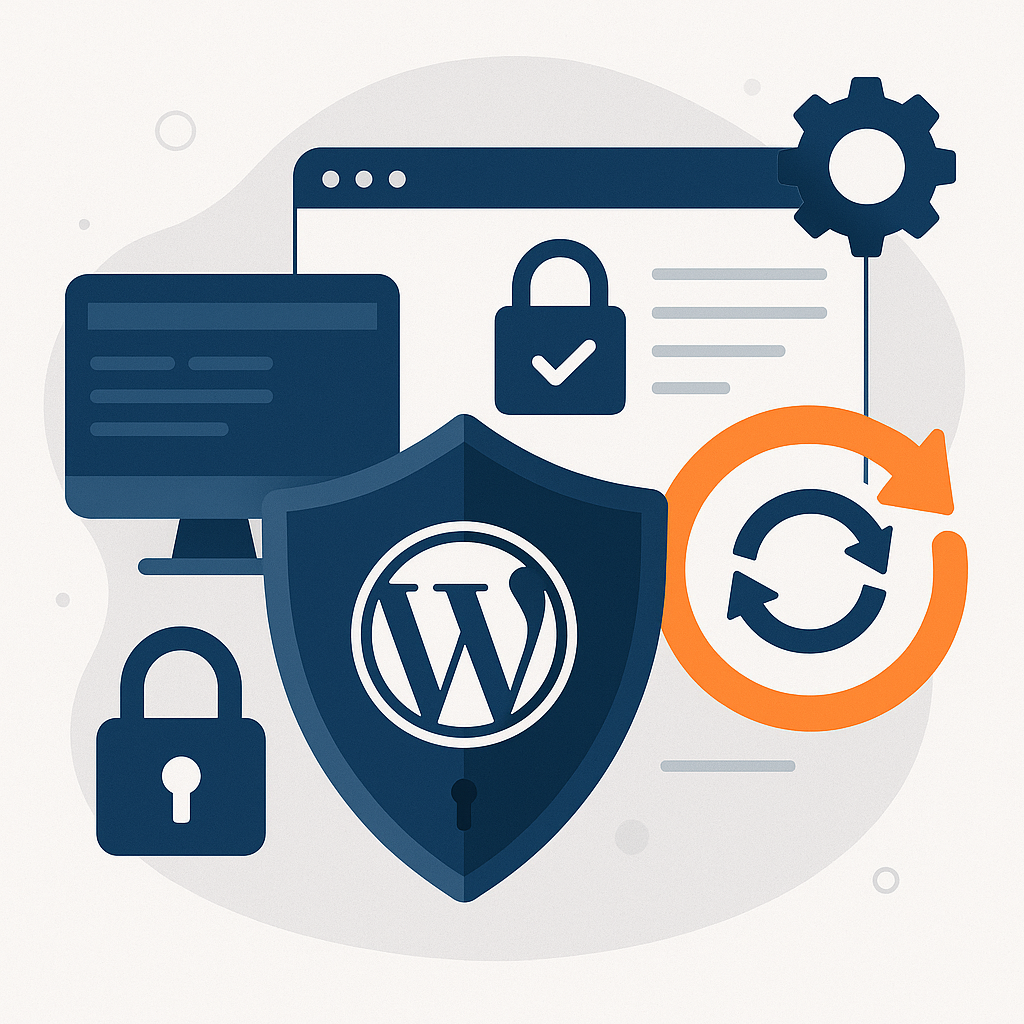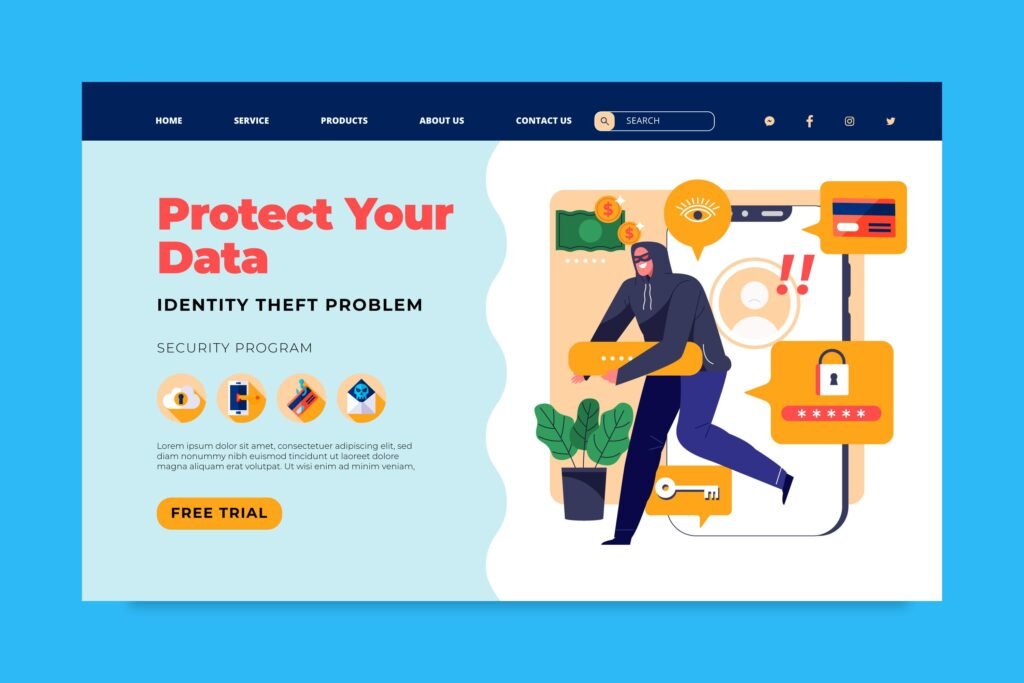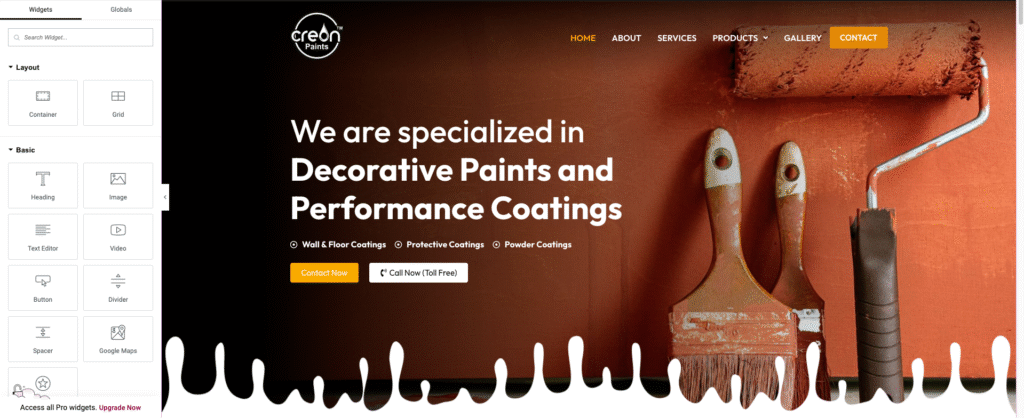Introduction
With over 40% of all websites powered by WordPress, it’s one of the most popular — and targeted — content management systems in the world. Weak passwords, outdated plugins, and poor hosting often open the door to cyber threats that can cost businesses their data and reputation.
At Stack Decode Web & IT Solutions, we’ve helped companies secure, maintain, and optimize their WordPress websites for long-term success.
Here are the 7 proven wordpress security practices every business should follow to keep their website safe, stable, and protected.

1. Keep WordPress, Themes, and Plugins Updated
Outdated versions are one of the main reasons websites get hacked (WordPress.org Security Team).
✅ What to do:
Turn on auto-updates for minor WordPress releases.
Update themes and plugins weekly.
Delete unused plugins or themes, even if deactivated.
💡 Pro Tip: Always test updates on a staging environment before going live.
2. Use Only Trusted Plugins and Themes
Not all plugins are safe. Unverified or “nulled” plugins can contain malware or backdoors (Wordfence Blog).
✅ What to do:
Download plugins only from the official WordPress repository or verified authors.
Check reviews, update frequency, and compatibility.
Avoid cracked or pirated premium themes.
💡 Pro Tip: Fewer plugins = fewer risks. Keep your site lean and clean.
3. Strengthen Login Security
Most WordPress hacks begin with brute-force login attempts.
✅ What to do:
Use strong passwords (12+ characters).
Change the default “admin” username.
Use a login limiter like Limit Login Attempts Reloaded.
Enable Two-Factor Authentication (2FA).
💡 Pro Tip: Move your login page to a custom URL using WPS Hide Login.
4. Secure Your Website with SSL (HTTPS)
SSL encrypts data and builds user trust. Google even uses HTTPS as a ranking factor (Google Search Central).
✅ What to do:
Use Let’s Encrypt for free SSL or buy premium SSL for eCommerce.
Redirect HTTP → HTTPS.
Renew automatically.
💡 Pro Tip: You can also secure your domain during purchase with SSL — check our Domain Registration Services.
5. Install a Reliable Security Plugin
A security plugin acts as your digital firewall.
✅ Top Recommendations:
💡 Pro Tip: Set up daily scans and real-time alerts.
Learn More: PWA Development Services — build fast, secure, modern web experiences.
6. Back Up Your Website Regularly
Even the most secure sites can experience downtime or malware. Regular backups are your recovery plan.
✅ What to do:
Schedule daily or weekly backups depending on site activity.
Store backups on off-site storage (e.g., Google Drive, Dropbox, or Amazon S3).
Use reliable plugins like UpdraftPlus or BlogVault.
💡 Pro Tip: Always keep multiple copies in different storage locations.
7. Choose a Secure Hosting Provider
Your hosting environment is the foundation of your website’s security.
✅ What to do:
Choose hosts with firewalls, malware scanning, and daily backups.
Avoid cheap shared hosting.
Go for Managed WordPress Hosting for performance and safety.
💡 Pro Tip: Read Kinsta’s Hosting Security Guide to compare server-level protection.
Conclusion
Securing your WordPress website is not a one-time task — it’s an ongoing investment in your brand’s reputation and stability.
By following these 7 proven practices, you’ll significantly reduce the risk of hacks, data loss, and downtime.
At Stack Decode Web & IT Solutions, we help businesses:
Secure and maintain WordPress websites
Audit vulnerabilities
Implement backups and performance optimization
Need expert help protecting your WordPress website?
We’ll secure your site with industry-best standards.



